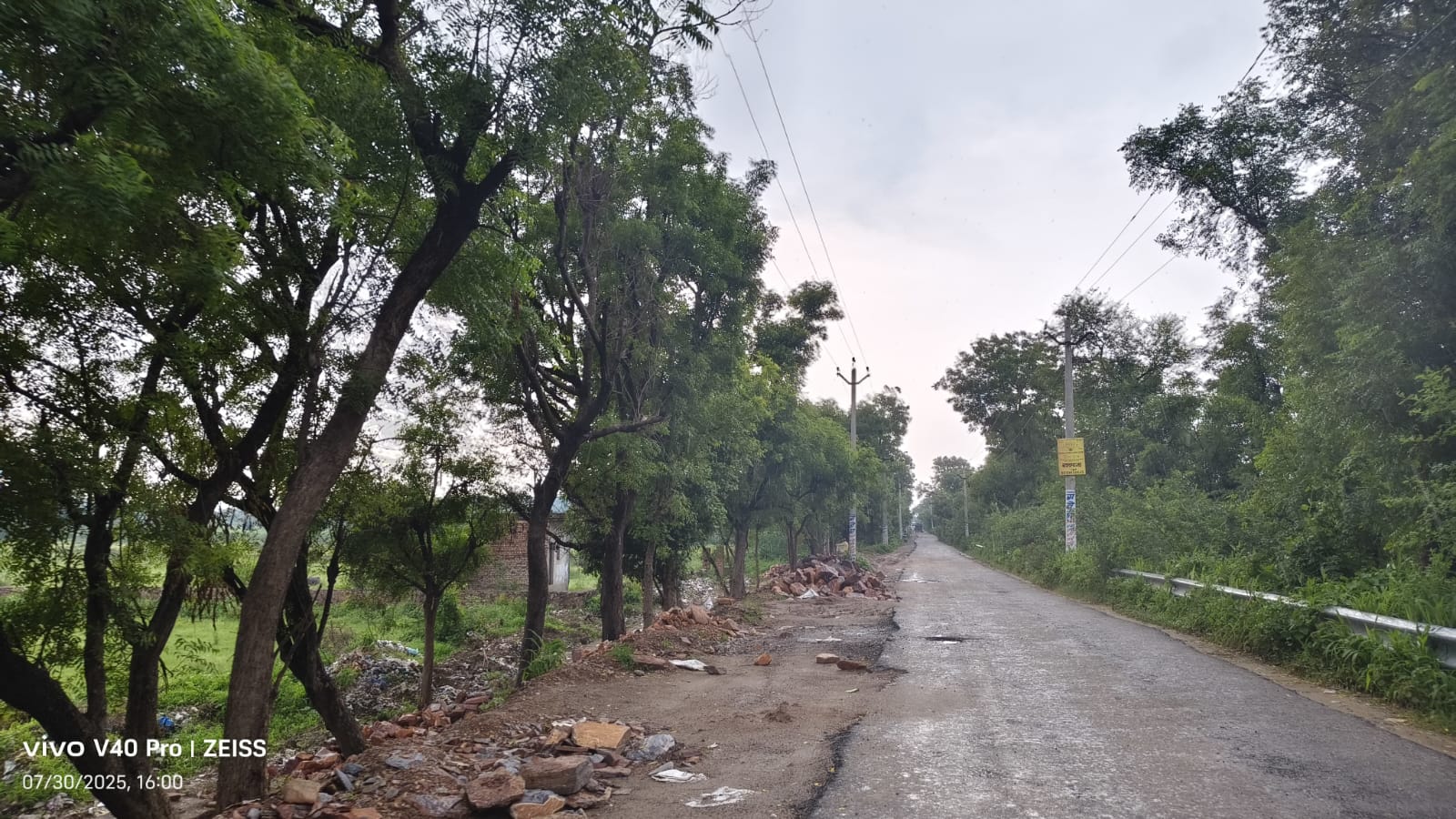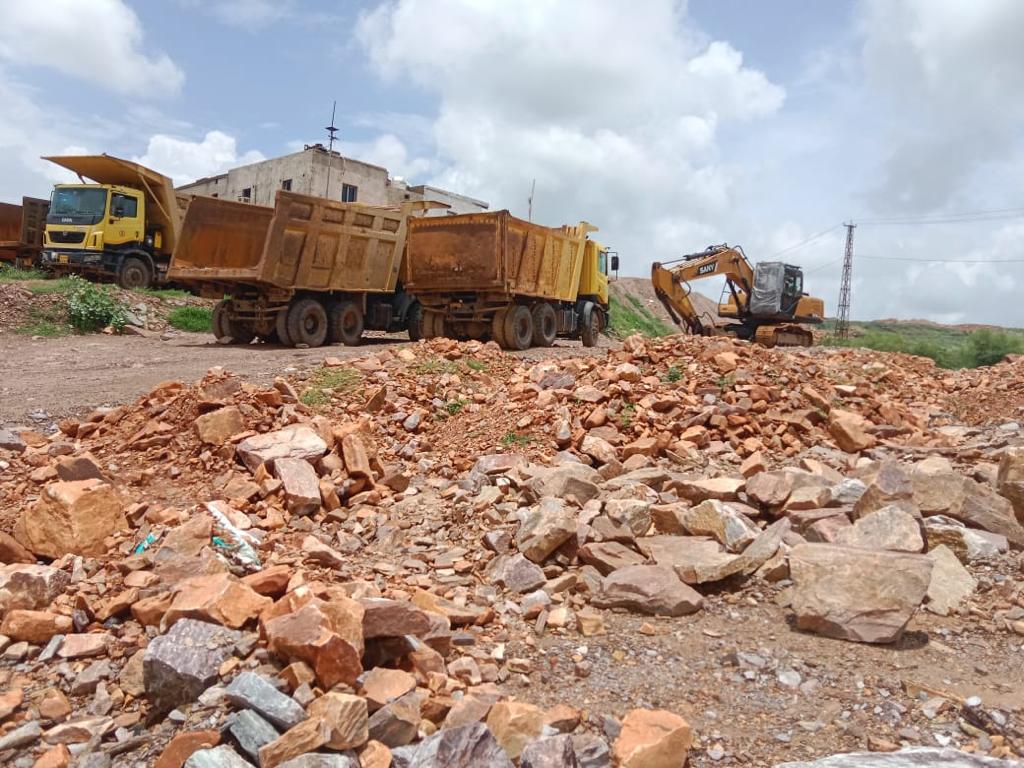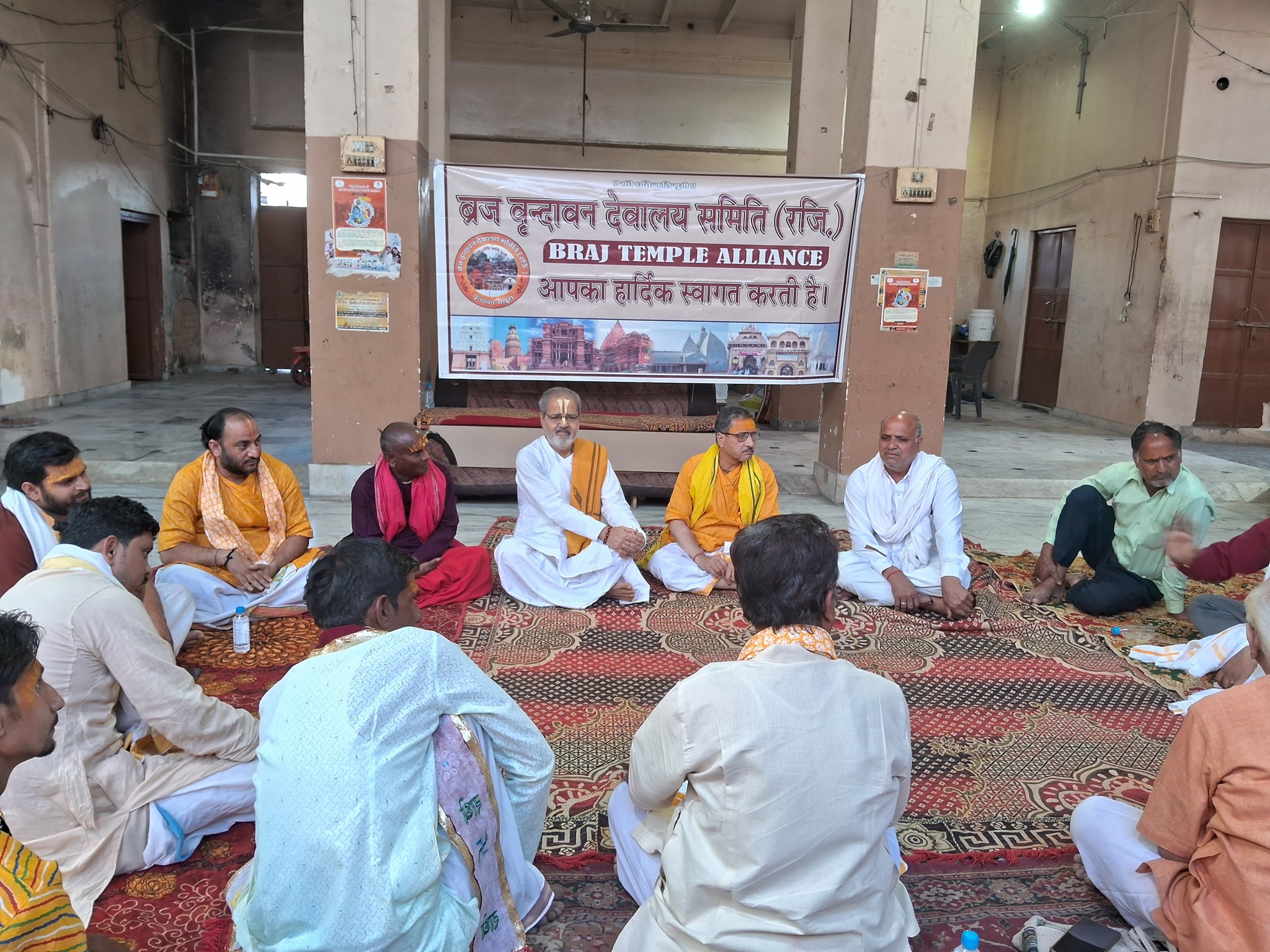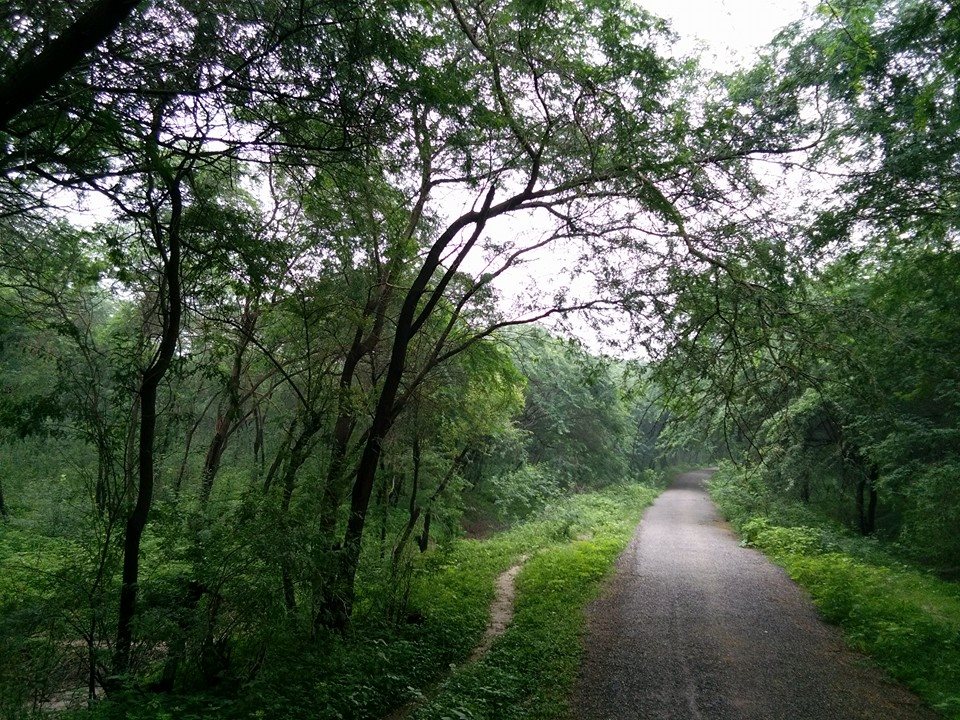2025.08.02 (Vrindavan Today News): Along a rural road stretching from Unchagaon to Sunhara in Barsana, hundreds of ancient neem trees stand in silent testimony to time. These trees are not just botanical specimens, but they are vital companions to the community, guardians of biodiversity, and silent providers of shade, medicine, and shelter. They used to be considered as saints in Braj, who took birth here in Braj as trees, just to complete their Sadhana undisturbed.
There are stories in Braj about the trees bleeding when cut. There are also stories that the trees came in the dream to a person who wanted to cut it. They sought more time to complete their sadhana as tree, and promised that they would die themselves by drying, when their time was over. The trees actually died after certain period of time. But slowly all the ancient trees are being removed in the name of development. They are facing grave threats from the road-widening project initiated in the name of development.
As infrastructure projects advance across India, particularly under beautification and modernization schemes, nature often becomes collateral damage. Scores of trees have already been cut in Vrindavan, Govardhan, Gokul and other places of Braj to facilitate the so called devotees, many of whom visit Braj just for enjoyment as tourists, but they hardly perform the pilgrimage activities.
In Barsana, the widening of a critical road has stirred public concern, not merely for the concrete and tar but for what might be lost beneath them, the living presence of neem and other green trees that have shaded pilgrims, cooled travelers, and served the local ecosystem for decades.
Every part of the neem tree has been historically valued. From root to fruit, neem has been hailed for its medicinal properties. Ancient wisdom and modern science agree that its bark heals wounds; its tender twigs clean teeth; its leaves and oil have antiseptic and antifungal qualities. The neem tree is no ordinary tree, it is a pharmacy, a sanctuary, and a shield. And yet, “to live” has become a struggle for the trees.
With the announcement of road expansion between Unchagaon and Sunhara, fears have arisen that many of these invaluable trees could be felled. Residents and environmental advocates argue that while development is necessary, it should not come at the cost of irreplaceable natural heritage.
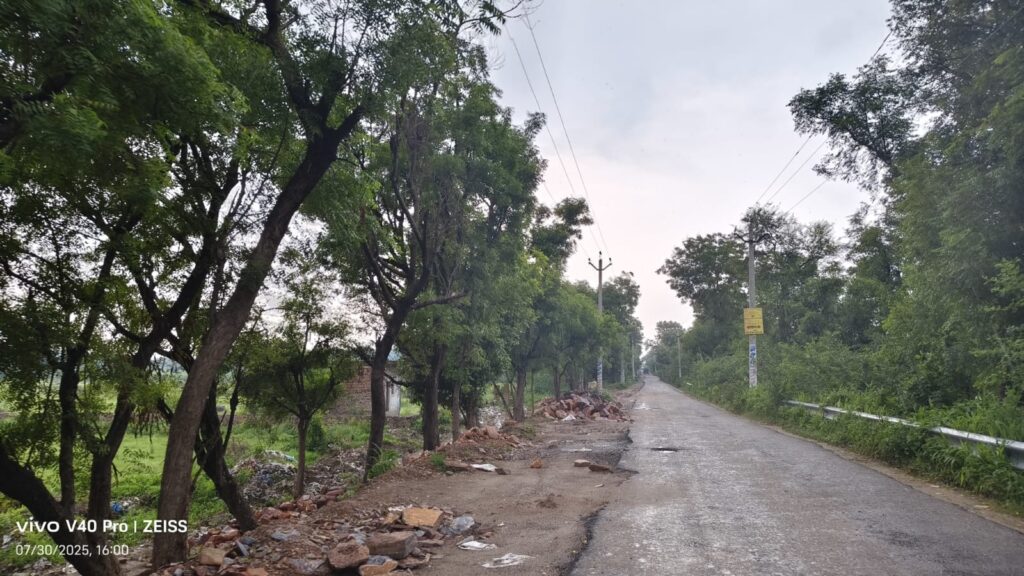
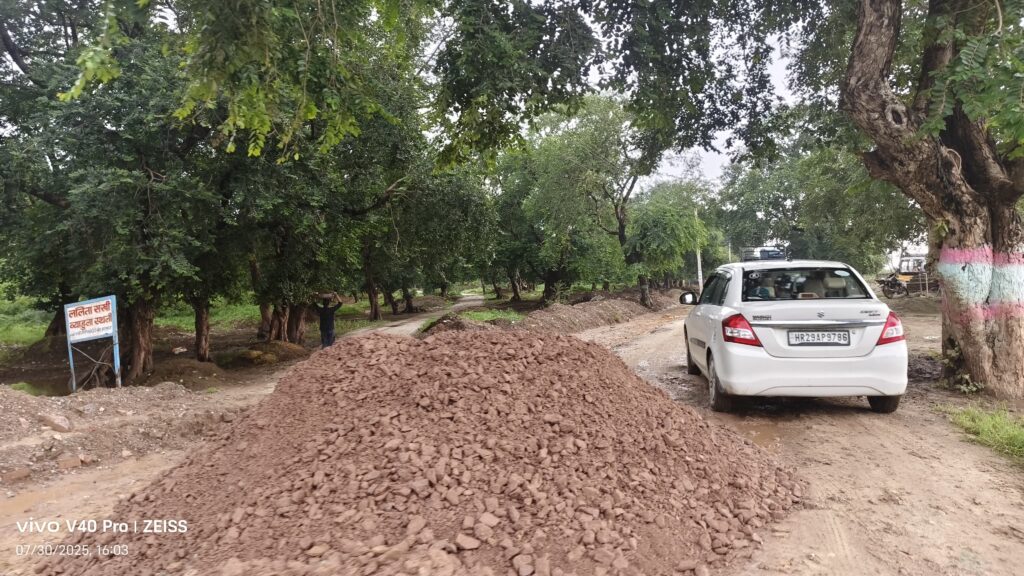
There is reason to pause. Trees like neem take decades, even generations, to reach a size where they can provide the kind of deep shade, air purification, and biodiversity support they do now. Their presence creates microclimates, supports birds and insects, and contributes to carbon sequestration. To cut them down for a wider road is not just an environmental loss; it is a cultural and spiritual one too, especially in a region as sacred as Braj, associated with the life of Shri Krishna.
When the media persons approached for clarification, Ajay Kumar Singh, Executive Engineer of the Public Works Department (PWD), assured that no trees are being cut in the process. “We are building a 10-meter-wide road, 5 meters on each side of the drainage, between Unchagaon and Sunhara, the boarder of Uttar Pradesh and Rajasthan. A complete survey has been done by our Assistant Engineer and Junior Engineer. No trees fall within the expansion zone,” he stated.
In support of this, officials from the Forest Department also confirmed that the PWD has not applied for permission to cut any trees. As per Indian environmental regulations and National Green Tribunal (NGT) guidelines, no tree, regardless of species, can be felled without explicit permission from the authorities.
So, where does the truth lie?
The neem trees remain where they are for now. But the concern voiced by local residents and environmentalists reflects a deeper unease. Development often claims to spare nature, yet post-project landscapes tell a different story. The fear is not unfounded as intentions may be noble, but execution often leads to compromises, especially in the absence of vigilant public oversight.
When ‘Vrindavan Today’ contacted a staff of the Public Works Department (PWD), who doesn’t want to disclose his name, admitted that the department has already filed an application in the Supreme Court to seek permission to get fifty trees removed. As per our sources the Supreme Court has asked the Central Empowered Committee to file a status report within eight weeks.
(inputs from Shushil Goswami of Nandgaon)


